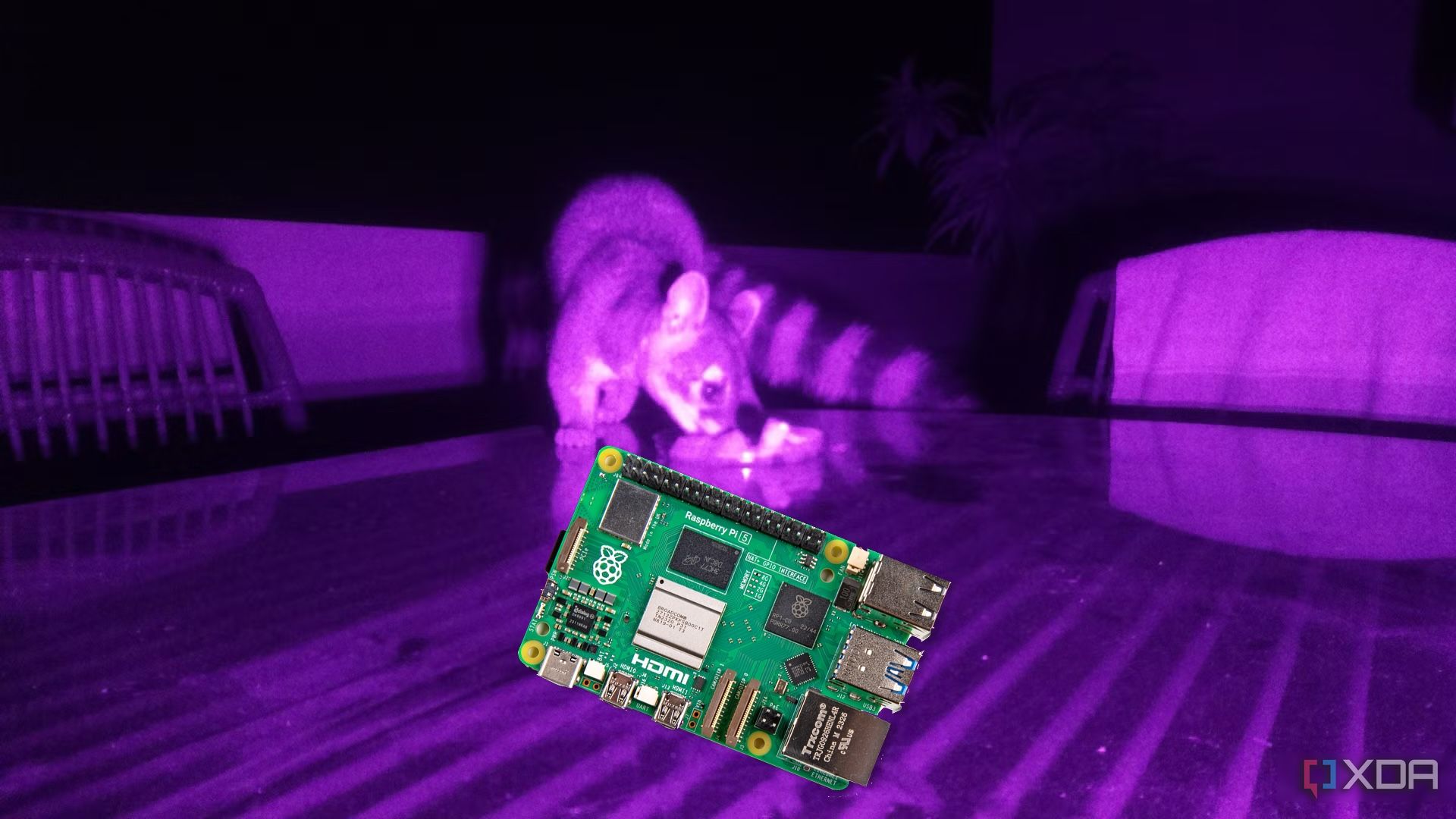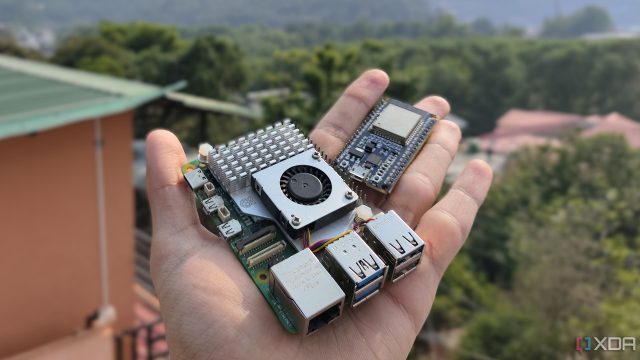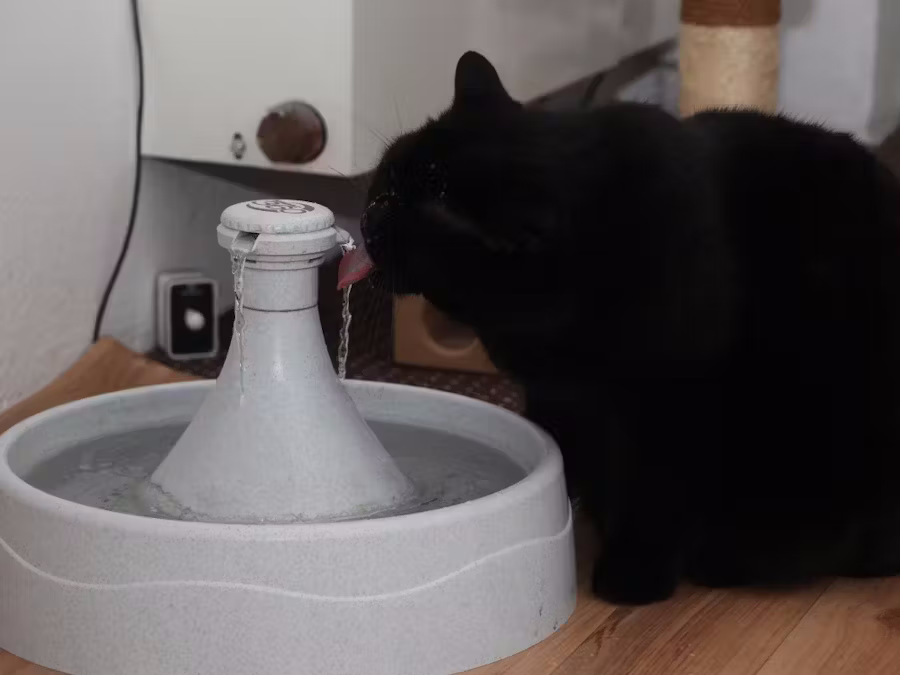Raspberry Pis and Home Assistant are a match made in heaven. The former is great at sensing the world around it and collecting data, and the latter is amazing at taking in data, making decisions, and outputting information to better control a smart home. Put them together, and you have a tag team system that keeps an eye out for stimuli and decides what to do next with that information.
While you’ll find plenty of people out there who hook up cameras and thermometers to a Raspberry Pi for easy home automation, some people went the extra mile and found really unique sensors to do the job. So, here are a handful of unusual sensors and the projects they found a home in.
3
Use a soil moisture detector to keep an eye on thirsty plants
Leave the guesswork at the door
I admit it; I’m terrible at keeping plants. I never know how much to water them. Some people say you should give them a drop a month, others show videos of drowning the poor things under a faucet, and by the time I’ve figured out the exact amount of water needed, the plant has died.
Perhaps if I used a soil moisture detector, I could keep the poor plants watered just the way they need it. Fortunately, they do exist, and you can wire one up to a Raspberry Pi to keep tabs on your plant’s soil moisture. This can then beam data to Home Assistant, which you can use to either manually alert you when the soil gets too dry, or you could even devise a system that dispenses water automatically.
If you want to see a project that uses a soil moisture detector, check out this Florabot project that aims to give plants a voice.

Related
7 creative uses for Raspberry Pi you probably haven’t tried yet
Your Raspberry Pi is good for more than just a media center or retro game emulator
2
Use a motion detector to keep your cat hydrated
Only use what’s needed
Water fountains are a great way for a cat to get their daily drinks, but some of them will run all the time. However, what if you had a special cat-sensing sensor that could tell that your favorite feline was at the water fountain and turn it on for them? Once the cat has had their fill and departs, the sensor picks that up and disables the fountain again.
This is what the suitably-named “Motion Controlled Water Fountain for a Cat” project does. It uses the motion sensor combined with a smart plug to enable and disable the fountain depending on where the cat is (or isn’t). All of the data is then beamed back to Home Assistant, where you can manually tweak the water fountain and see how often it was turned on during the day.

Related
I’m building a digital jukebox with Raspberry Pi — here’s how
If you want to build your own digital jukebox, it’s easier than you might expect
1
Use a MIDI sensor to control your house with a piano
Play me a song, Piano Man
Finally, we have this absolutely insane project that uses a piano to toggle smart home devices. Nathan Orick had the idea for this project from a movie:
Do you remember that scene from Willy Wonka and the Chocolate Factory where Wonka opens a door with a little organ in the wall? For some reason, that scene popped in my head the other day, and I couldn’t rest until I had my own door-opening organ. After about half a day’s work, I created the most impractical way to control your smart home.
To achieve this, they plugged their Yamaha YPG-635 into their Raspberry Pi and programmed it to recognise which notes were being played. Then, they used Home Assistant to code in some smart home integrations that they wanted to control with their piano. Finally, they coded specific notes and ditties to certain actions, so whenever they played it on the piano, it sent the command over to Home Assistant, which would then perform the required action.
Is it practical? Definitely not. Is it one of the coolest smart home projects I’ve ever seen? Absolutely. It may get annoying to play the piano every time you want to turn the lights on, but once you wow your guests by controlling your house by playing a song, it’ll all be worth it. If you’re feeling crazy enough, you can follow in Nathan’s footsteps on his blog.

Related
Getting a camera working on Raspberry Pi 5 is easy; here’s how it’s done
Since the Raspberry Pi 5 features new four-lane MIPI ports, you’ll need to follow a different strategy when connecting a camera module to the SBC
Take a ride on the wild side
Honestly, given how powerful the Raspberry Pi and Home Assistant tandem is, there’s limitless potential for pairing the two together. The next time you have an issue around the home, consider this: Would it be possible to automate it? If it can be sensed, there’s a good chance someone made a sensor for that.













